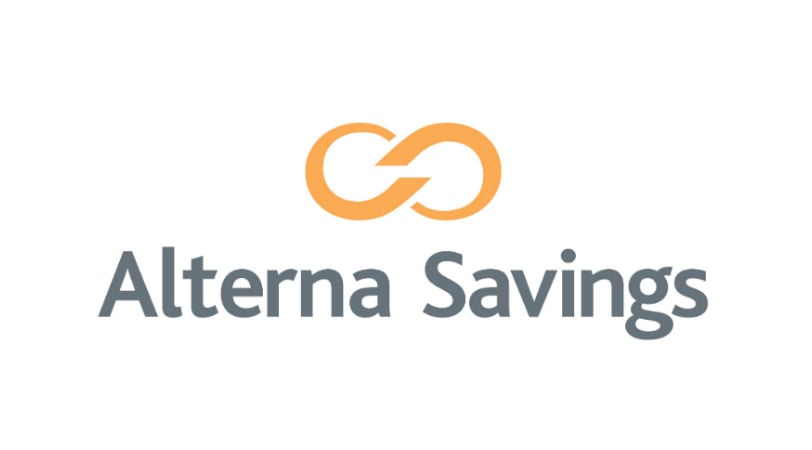Why Young People Should Open a TFSA
It’s a conundrum. Young people trying to make it on their own face a lot of expenses at a time when they’re not generally earning much.
And, yet, the best time to start saving is when you’re under 30.
The reason? The magic of compounding, a simple process that reinvests the returns of an investment, or interest bearing savings account, so that it multiplies over time.
In banking terms, it’s generally the interest that’s reinvested, and upon which new interest gradually compounds as the account’s value increases. When investing in stocks, it’s important to choose dividend-paying shares (or funds) because the reinvestment of those dividends does the most to push the compounding factors.
And, it’s even better if you can avoid tax—which younger Canadians can do thanks to the introduction of the TFSA in January 2009.
There are a couple of minor drawbacks. The first is a TFSA contribution limit that prevents savers from bulk-loading the accounts. On the bright side, these limits ($5,500 in 2017) simplify the setting of annual savings goals.
The second is a requirement that contributors reach the age of majority in the province or territory where they reside before setting up an account. So, people residing in Alberta, Manitoba, Ontario, Prince Edward Island, Quebec, and Saskatchewan can open TFSAs on their 18th birthdays. But those residing in British Columbia, New Brunswick, Newfoundland and Labrador, the Northwest Territories, Nova Scotia, Nunavut, and Yukon have to wait until they turn 19. The contribution room, however, begins to accumulate at age 18.
Read:TFSAs: Short-term Versus Long-term Savings
Students working during their university years can use a TFSA to get ahead of student loans by socking away cash from summer or on-campus jobs, and then using those funds to pay down loan principal after graduation.
What’s more, TFSAs can be used to pay for any expense over the account holder’s lifetime. Many millennials are already using the accounts to set aside future down payments on a first home, or to pay for other big-ticket items like lavish weddings and once-in-a-lifetime overseas travel. First cars are another popular use for millennials’ TFSA funds.
Which is why it’s important for recent grads to articulate their money goals and allocate investments accordingly. Due to their tax-free nature, some of the funds housed in a TFSA should always be for longer-term goals like eventual retirement. Yet many younger investors get caught up in a counterintuitive investing mindset.
While a financial professional will look at a millennial’s lengthy time horizon to retirement—40-plus years—and recommend they fill their TFSA portfolios with higher-performing, albeit somewhat riskier, investments, younger investors frequently resist.
That’s because many young people are surprisingly financially risk averse—in part because they haven’t garnered sufficient experience with equity markets, but due mostly to the fact that their earnings tend to be low; making any short-term investment losses appear catastrophic.
And that’s bad, because by the time they become comfortable with the ups and downs of the markets, the window on some of their most lucrative investment opportunities may close.
While such fears are natural, it’s important for younger investors to condition themselves to step back and take the long view on their savings and investments. Equities that will be held for a long time, and thus produce outsized growth in real terms, are the ones that most need to be sheltered from tax.
Meanwhile, money that will be required for monthly bills or other short-term purchase needs should be kept in liquid accounts with simpler withdrawal rules (as TFSAs have some quirks in this regard).
- 1.90% interest rate
- 2 free Interac® e-Transfers per month
- Unlimited free bill payments, transfers and debits
- No minimum balance required
Also read:
